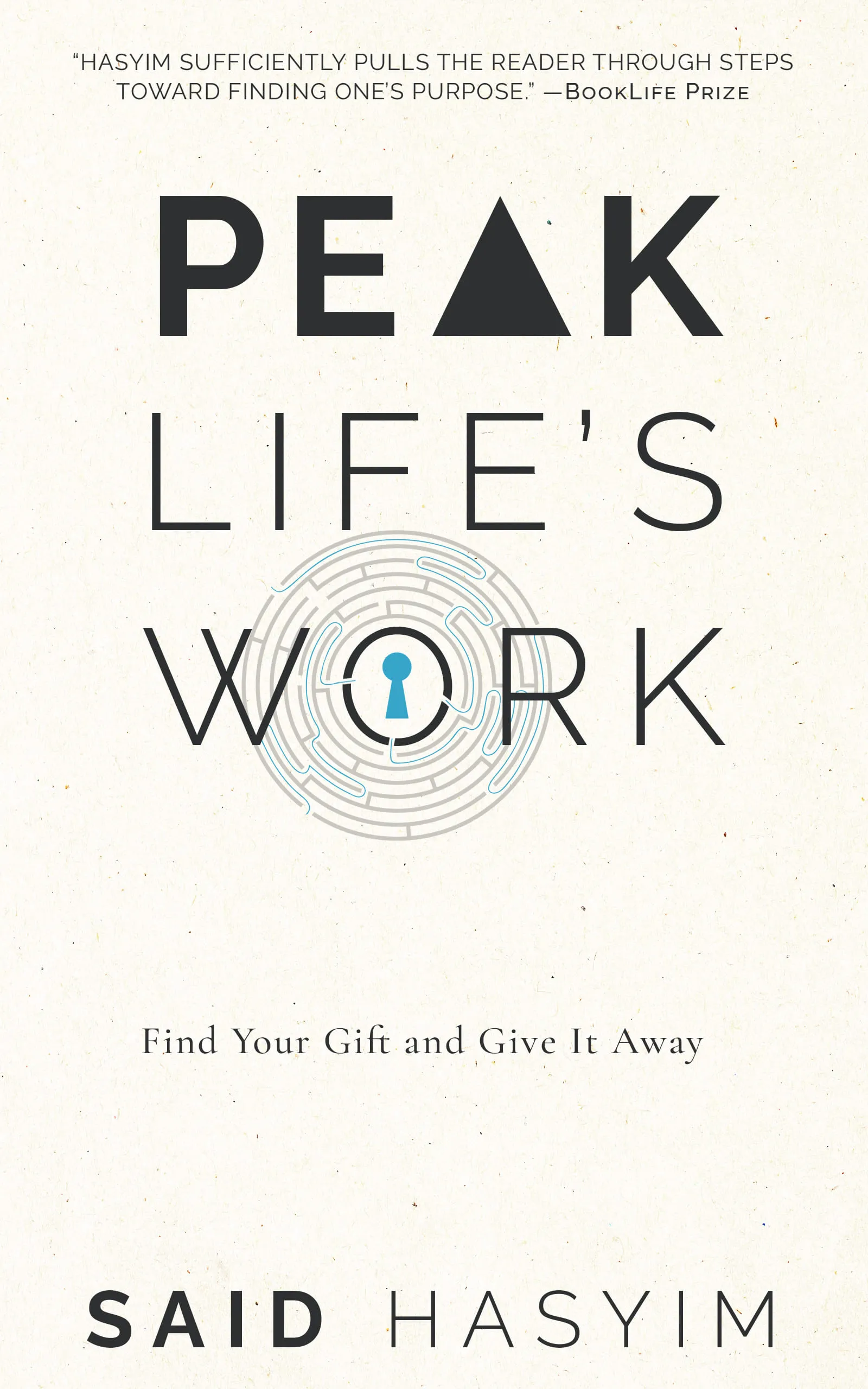Creating Fulfillment: Balancing Work and Life
In today’s fast-paced world, the quest for fulfillment often feels elusive. Many individuals find themselves juggling multiple responsibilities across their professional and personal lives, frequently asking: How can I achieve a better balance between work and life? In this blog post, we will explore the concept of fulfillment, dissect the components of work-life balance, and provide practical strategies to harmonize the endless demands we face.
Understanding Fulfillment
Fulfillment is a deeply personal experience that goes beyond mere happiness or satisfaction. It involves a sense of purpose, achievement, and contentment in various aspects of life. When we feel fulfilled, we possess a profound appreciation for our efforts and the outcomes they bring, whether in our careers, relationships, or personal growth.
The Pursuit of Fulfillment
To pursue a fulfilling life, it is imperative to understand the elements that contribute to it. These can include:
- Personal Relationships: Quality time with family, friends, and community.
- Professional Achievements: Successes, growth, and meaningful contributions in our careers.
- Health and Well-being: Physical, mental, and emotional health nurtured through self-care practices.
- Leisure and Hobbies: Time spent engaging in activities that bring joy and relaxation.
By evaluating how these components fit into our lives, we can start to create a foundation for fulfillment.
The Work-Life Balance Conundrum
The term “work-life balance” often evokes images of a perfect equilibrium, yet achieving this balance can be challenging. The demands of the workplace are increasingly encroaching on personal time, leading to stress and burnout for many. Work-life balance is not just about dividing our time evenly between work and leisure but rather about prioritizing our responsibilities based on our values and goals.
Misconceptions About Work-Life Balance
Balance Means Equal Time: Many believe that achieving balance means spending equal time on work and personal life. In reality, balance means allocating time based on what is most important to you at that moment.
Work-Life Balance is Static: Balance is not a one-time goal but an ongoing process. Life circumstances change, and our definitions of balance may evolve over time.
Perfection is the Goal: Striving for perfection in work-life balance can lead to stress. Instead, it is essential to accept that some days will demand more focus on work, while others will lean towards personal interests.
Strategies for Creating Fulfillment
To foster fulfillment and achieve a semblance of work-life balance, consider implementing the following strategies:
1. Define Your Values
Understanding your core values is the first step in creating fulfillment. Reflect on what matters most in your life. Is it family, career advancement, health, creativity, or service to others? Write down your values and use them as a guide to prioritize your time and commitments.
2. Set Clear Boundaries
Boundaries help define the line between work and personal life. This could mean establishing "no work" hours, turning off notifications after a certain time, or designating a workspace within your home. Communicate these boundaries clearly to colleagues and loved ones to foster understanding and respect.
3. Prioritize Self-Care
Self-care is crucial for maintaining balance and promoting overall well-being. Regularly engage in activities that nurture your mind, body, and spirit. This can include:
- Exercise
- Mindfulness or meditation practices
- Creative hobbies
- Restful sleep
Mark self-care activities as non-negotiable appointments on your calendar; they are just as essential as any work commitment.
4. Embrace Flexibility
Rigid schedules can lead to stress and disappointment. Embrace flexibility in your plans to adapt to life’s unpredictable nature. Sometimes, you may need to shift your focus from work to family or vice versa. Being adaptable allows you to respond to your needs and the needs of others in real-time.
5. Cultivate Mindfulness
Mindfulness can help you stay present and engaged in the moment, enhancing your quality of life. Practice mindfulness techniques, such as deep breathing, meditation, or even mindful walking. These practices can ground you, reduce stress, and help you appreciate the present moment.
6. Foster Supportive Relationships
Building a strong support system is vital for achieving work-life balance. Surround yourself with positive influences, whether it’s family, friends, or supportive colleagues. Share your challenges and successes with them; having people to turn to can lighten the burdens of stress and isolation.
7. Regularly Reflect and Reassess
Finally, take the time to regularly reflect on your work-life balance. Ask yourself questions like:
- Are my priorities aligning with my values?
- Am I dedicating enough time to the things that fulfill me?
- Where can I make adjustments for a more fulfilling life?
This continuous cycle of reflection and reassessment ensures that you stay on track with your goals and adapt to life's changes.
Conclusion
Creating fulfillment through a balanced life is a personal journey that requires introspection, commitment, and flexibility. While achieving perfect balance may be a myth, striving for a harmonious integration of work and life can lead to a more meaningful and satisfying existence. By defining your values, setting boundaries, prioritizing self-care, embracing flexibility, cultivating mindfulness, fostering supportive relationships, and regularly reflecting on your situation, you can move closer to a fulfilling work-life balance.
Take one small step today towards creating a life that resonates with your values and aspirations, and remember that fulfillment is a continuous journey, not simply a destination.
Start Your Transformative Journey
Peak Life's Work, a transformative book to unlocking your true potential and finding purpose. Learn science-backed strategies from top performers to enhance skills and creativity. Gain insights into success and failure while uncovering your personal talents. With practical steps for self-discovery and nurturing talent, this book equips you for a fulfilling journey toward your greatest work.
